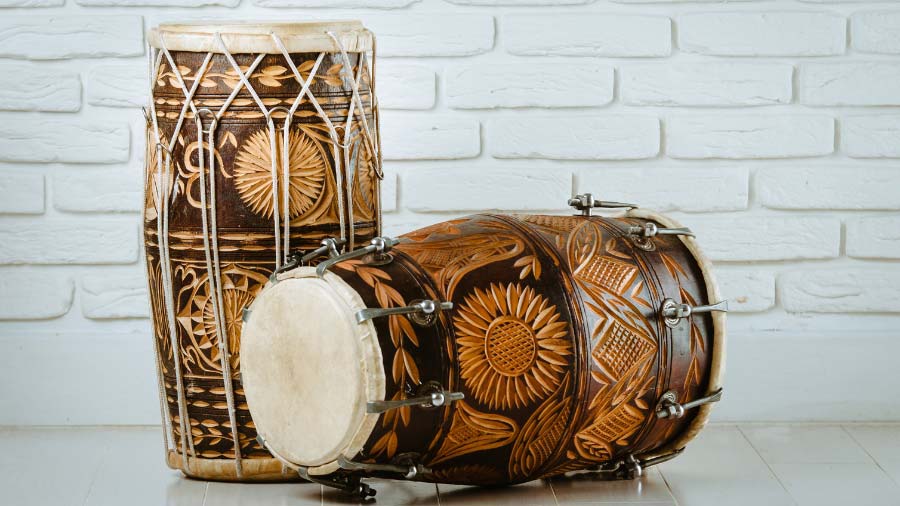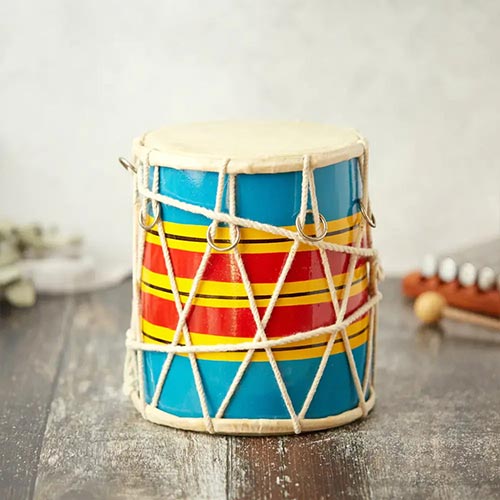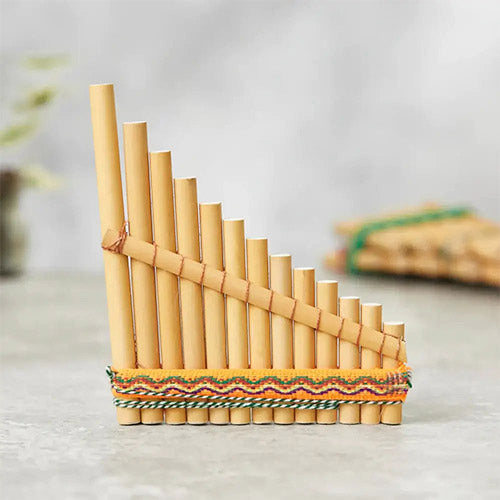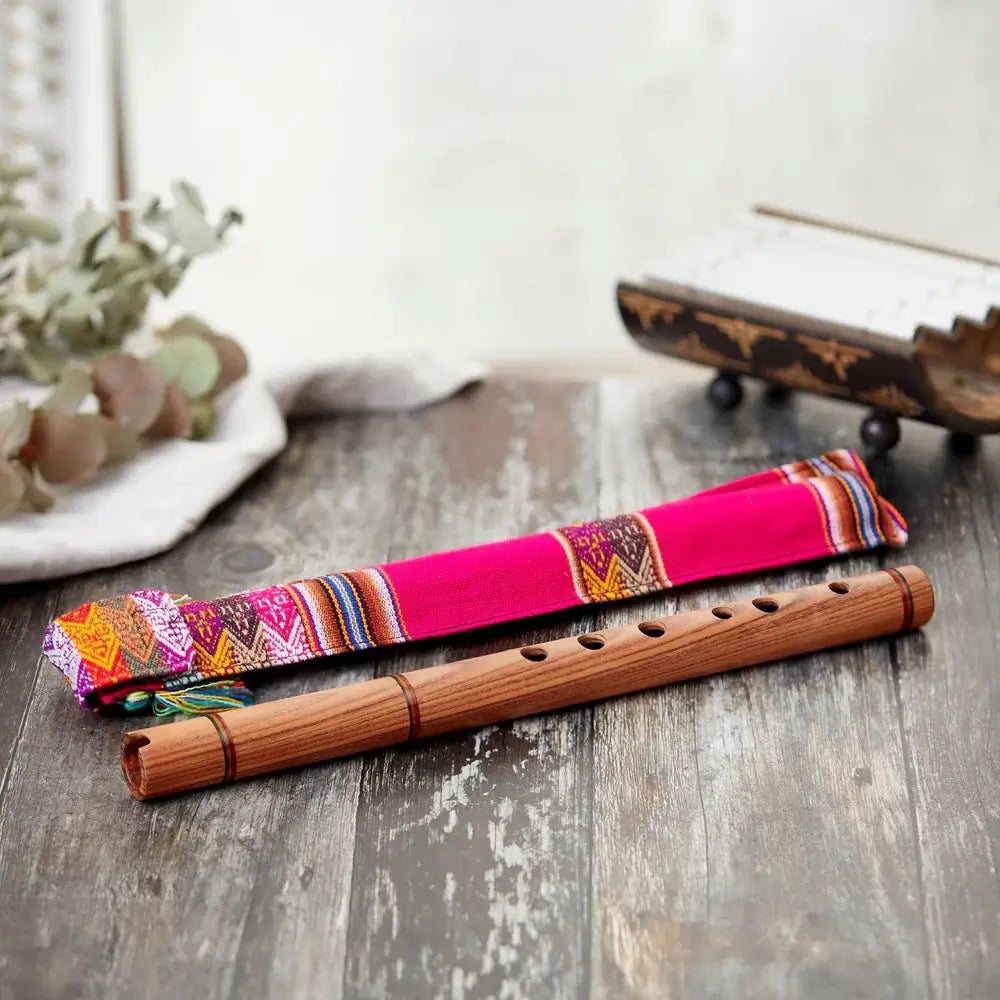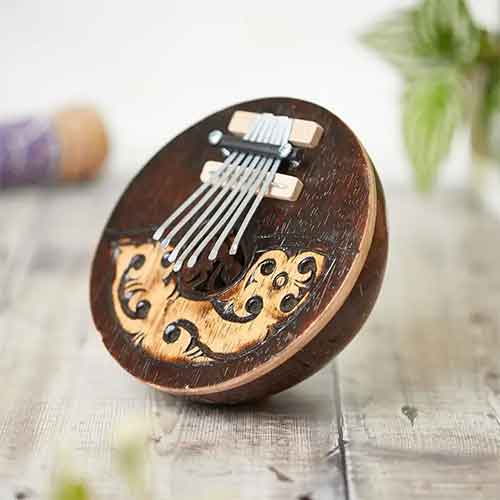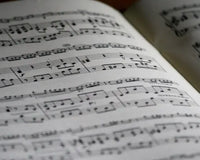The Indian Dholak drum is a traditional percussion instrument originating from India. It features a distinctive barrel-shaped body with two drumheads, one larger than the other, which are usually made of animal skin or synthetic materials. The Dholak is played by hand, with one side producing bass tones and the other higher-pitched tones, allowing for a wide range of rhythmic patterns and dynamic expression. It is commonly used in various forms of Indian music, including classical, folk, and contemporary genres, as well as in cultural celebrations and religious ceremonies.
The history and origin of the Indian Dholak
The Indian Dholak drum has a rich history steeped in tradition and cultural significance. Its origins in India can be traced back to ancient times, where it served as a fundamental percussion instrument in various folk and classical music forms. Over time, the Dholak has adapted to different regional styles and modern influences while retaining its cultural identity and artistic expression in Indian music.
With its unique shape and versatile sound, the Dholak drum has its roots in the Indian subcontinent. It emerged as an integral part of traditional music and cultural rituals, evolving from earlier percussion instruments used in ancient India. Its precise origins may be elusive, but its popularity quickly spread across the Indian subcontinent and beyond, becoming a staple in various musical genres and celebrations.
Uses for the Dholak
The Dholak drum is pivotal in various musical contexts and cultural settings. In classical Indian music, it serves as both a solo and accompanying instrument, providing rhythmic support and embellishments to vocal and instrumental performances. In folk music traditions, the Dholak takes center stage during festive occasions, weddings, and religious ceremonies, infusing the atmosphere with vibrant rhythms and resonant tones that evoke a sense of joy and celebration. Its versatility extends to contemporary music genres, including fusion, pop, and film music, where its unique sound enriches compositions with depth and authenticity.
Buying Guide for Beginners
Several factors should be considered when purchasing the right Indian Dholak drum. The quality of materials used in its construction, such as the wood for the body and the skin for the heads, should be paid attention to, as they directly affect the instrument's sound and durability. Look for well-known manufacturers or artisans with expertise in making traditional Indian percussion instruments.
Consider a drum's size, weight, and tuning options based on your playing style and intended musical repertoire. Before making a purchase, it is essential to test the drum's sound and playability to ensure it meets your expectations for tone quality, responsiveness, and overall feel. By considering these various factors, you can make an informed decision and purchase a high-quality Indian Dholak drum that will serve you well for years.
Where to buy the Indian Dholak?
Investing in an Indian Dholak drum offers traditional sound, enhances rhythmic skills, and allows exploration of Indian musical traditions. Whether you're a seasoned musician or a beginner, the Dholak is a versatile and rewarding instrument to have in your collection. Check out our Dholak Drums here.
Indian Dholak Drum (Frequently Asked Questions)
What is a dholak used for?
The dholak is a widely played musical instrument in Northern India. Alongside songs or other instruments, it is commonly used in various folk genres, devotional traditions, and family gatherings across the subcontinent, along with other similar two-headed drums like the nāl, dholki, and dhol.
Is a dhol the same as a dholak?
A dholak and a dhol are both drums used in Indian music, but they differ in size, shape, and playing technique. The dholak is smaller with two heads of different pitches and is played with hands, while the dhol is larger, barrel-shaped, and produces a deep sound played with sticks.
How does a dholak sound?
A dholak produces a vibrant and rhythmic sound. The treble head typically produces a sharp, high-pitched tone, while the bass head produces a deeper, resonant sound. When played together, these two tones create a dynamic and lively rhythm, often heard in various forms of Indian music, including folk, classical, and devotional genres.
How is dholak played?
In dholak technique, the right hand primarily uses finger strokes around the rim of the higher-pitched head, while the left hand focuses on taps and slaps near the resonant center of the lower-pitched head.
What is dholak instrument made of?
The dholak is a small percussion instrument commonly utilized by both women and professional musicians. Its main body is crafted from wood, while the heads are covered with skin. A rope or thread is looped around the shell and over braces to regulate the pitch of the sound produced when striking the skin surfaces.

